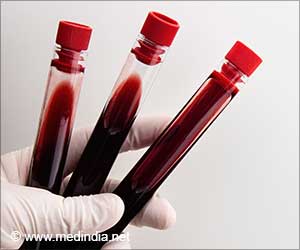Scientists from University of Southern California have identified a chemical that appears to play a vital role in regulation of body's circadian rhythm.
A chemical that scientists from University of Southern California have identified appears to play a vital role in regulating our circadian rhythms.
The chemical is hydrogen peroxide (H2O2), the active ingredient in colour safe bleach. Produced in all animal cells, hydrogen peroxide may act as a signal for the active and resting phases of living things.The study showed that hydrogen peroxide given to fruit flies has dramatic effects on their daily rhythms and activity levels.
"H2O2 might be functioning as a systemic signal by which rhythms are regulated within cells and between cells," said lead author John Tower, associate professor in molecular and computational biology at the USC College of Letters, Arts and Sciences.
Most people are familiar with the concept of a circadian rhythm that governs sleeping and waking. But that is not the only circadian rhythm in the body.
Many organs and tissues within the body have their own independent circadian rhythms, and they also interact to coordinate their rhythms.
Mitochondria produce hydrogen peroxide as a by-product of oxygen combustion, making the chemical a candidate signal molecule.
Advertisement
For the rhythms of even two cells to agree, some sort of signal has to pass between them.
Tower and his team had noticed that overexpression of the enzyme, known as superoxide dismutase (SOD), boosted the activity level of fruit flies and even increased the life span of certain genetically engineered strains.
Tower suspected that hydrogen peroxide was the key ingredient in SOD's action.
"Hydrogen peroxide is a great candidate for a signaling molecule that would be involved in rhythms and behaviors. It's the most stable and diffusible of the reactive oxygen species (by-products of combustion), but no one had demonstrated a role for it," the expert added.
The study is published in the journal PLoS ONE.
Source-ANI










